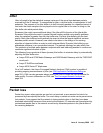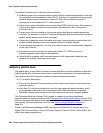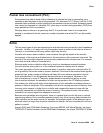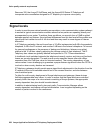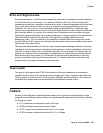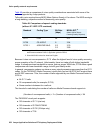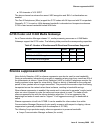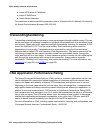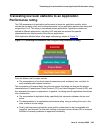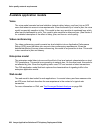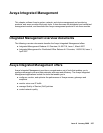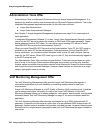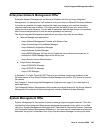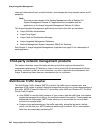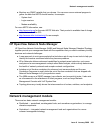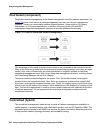
Translating low level statistics to an Application Performance rating
Issue 6 January 2008 255
Translating low level statistics to an Application
Performance rating
The CNA assessment of application performance is based on application models, which
convert the raw delay, jitter, and loss measurements into an application performance rating that
ranges from 0 to 5. This rating is normalized across applications. Application models are
tailored to different applications, including VoIP, and take into account the specific
characteristics and requirements of the various applications.
CNA Application Models follow a five-stage methodology, shown in Figure 75
.
Figure 75: Converting raw statistics into an application performance rating
From the bottom, the five steps include:
● The measurement of low-level network parameters such as latency, loss, and jitter for
each available path between locations.
The computation of transport delay from the raw scores; this takes into account the distinct
characteristics of Transmission Control Protocol (TCP) and User Datagram Protocol (UDP), and
thus assesses the impact on applications in general, not taking specific application sensitivities
into consideration.
● The computation of application delay, specifically the transaction between the two end
points.
● The determination of an application performance rating, using a ranking from one to five
stars, similar to movie ratings.
● Finally, the time periods where the voice quality is determined to be unacceptable are
logged as “bad minutes” for that path. Adding up the bad minutes allows CNA to compute
the effect of network problems on application availability



